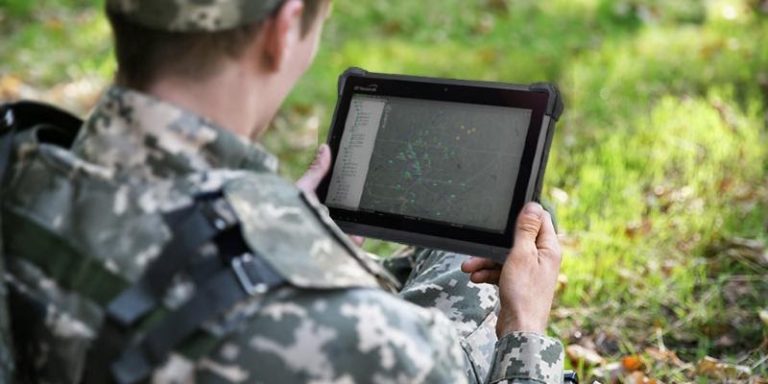
The amount of data gathered by the US military grows by the second, as does the US military’s demand and need for it. The Department of Defense (DoD) will extract and analyze this information in order to provide actionable intelligence. As a result of this circumstance, military technology makers are under pressure to provide software and hardware that can process the zettabytes of data stored on Internet of Things (IoT) devices and then accurately analyze its value. Gathering, processing, and interpreting information effectively will transform defense strategy.
The Department of Defense Data Strategy is a critical component of the Department’s Digital Modernization program, which supports the National Defense Strategy (NDS) by improving military performance by providing access to accurate, timely, and relevant data.
Data Collection
Radars, electro-optical infrared (EO/IR) cameras, and electronic warfare (EW) devices are among the sensors used by today’s military forces on the battlefield. Traditionally, enormous workstations were required to display and analyze the data generated by these sensors in order to improve operational decision-making. Smaller and more portable computer devices, such as military-grade rugged tablets, have changed this, allowing personnel to access sensor data without the need for large workstations and associated computing infrastructure. This is particularly beneficial for frontline troops with deployable sensors like ground-based surveillance radars and unmanned aerial vehicles (UAVs) equipped with EO/IR sensors, which provide critical intelligence, surveillance, and reconnaissance (ISR) capabilities.
Mission Delivery
The militaries of today are more connected and networked than ever before. Most modern western military doctrines and ideas rely on secure networking to allow deployed forces to share a wide range of information and data across the battlespace utilizing encrypted communications systems and GPS installed on vehicles, planes, warships, and carried by dismounted personnel. Rugged tablets can show commanders an operational picture that includes the location of friendly and enemy forces (known as blue-force tracking) and what assets are available to them. Indirect fire teams can carry tablets with them and use them to order maneuvers on the opposing side’s positions and formations.
Advanced identification and security
A smart card reader, also known as a CAC/PIV reader, is included in military-grade tablets to ensure the privacy of any data stored on the device. This configuration can be used with any existing OS or software product that requires smart card authentication in an enterprise. The requirement safeguards data on the tablet and restricts access to only the individuals who should have access to the stored data or its programs. This type of protection is known as multi-factor authentication since it needs the operator to have a plugged-in identity card as well as enter login credentials to access programs and data on the tablet.
The need for the military’s data management is at an all-time high – and it’s only increasing. The vast majority of mission- and safety-critical military applications rely on quick, fail-safe access to crucial data, underlining the need for durable, dependable, high-performance rugged tablets in even the most demanding settings or situations.
Rugged tablets provide the ability for military personnel to have access to real-time data at their fingertips no matter where they are. Real-time data improves communications among teams allowing decisions to be made in the moment to stay on top of ever-changing environments that consistently take place on and off the field.

